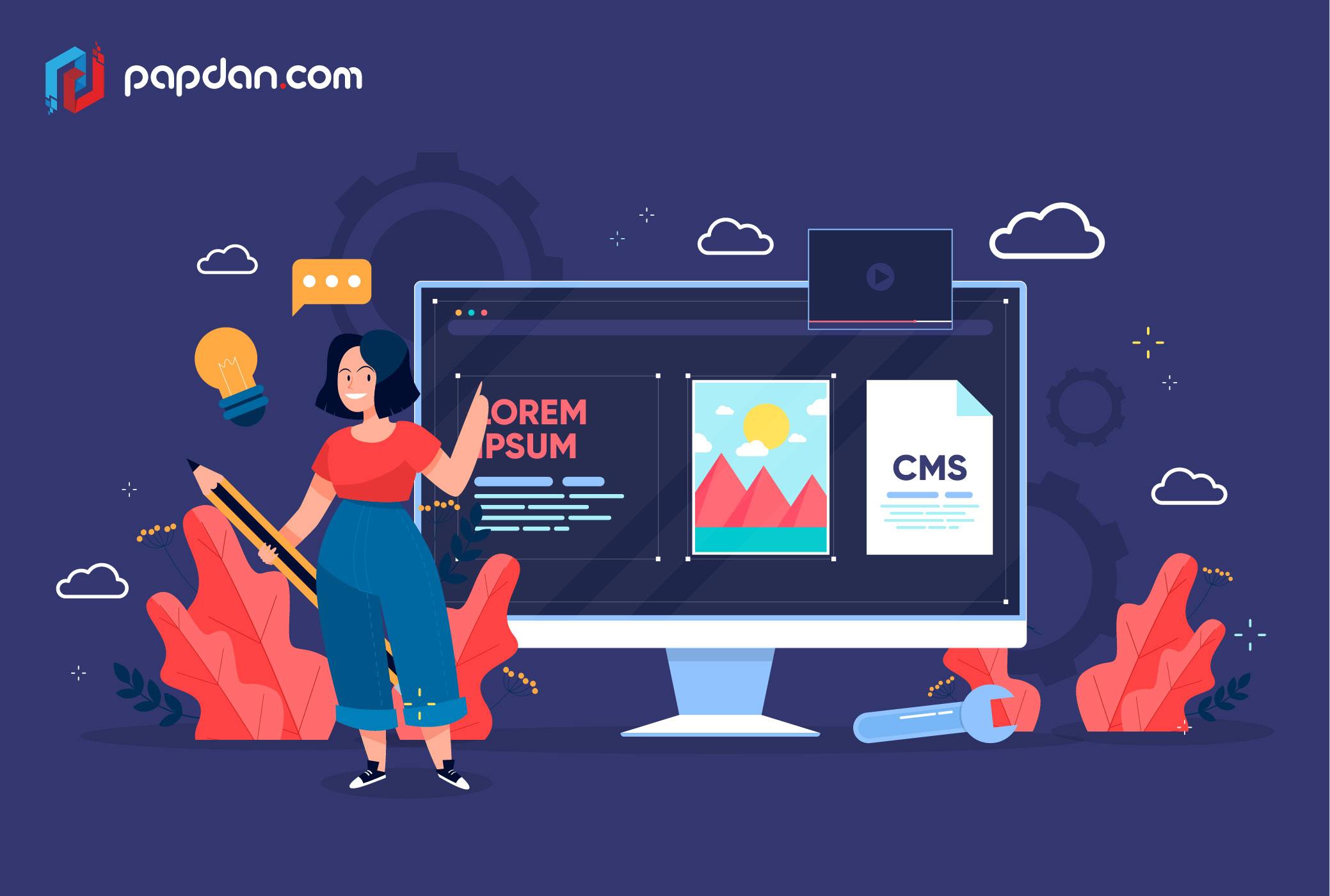Cultural shifts occur all around the world and have an impact on design trends. In the digital design world, we’ve seen a lot of significant changes this year. COVID-19 has quarantined us, forcing us to dive deeper into the online world and altering our lifestyles. Designers have been pushed to mimic real-life experiences and make them available digitally as a result of our distant, stay-at-home reality.
Web designers have reacted to the challenge by experimenting with a variety of visual communication methods that might boost engagement. Novel typographic art, unique color palettes, and 3D product simulations for online consumers are just a few examples.
In these 5 examples, you will find individual trends that each accommodate separate industries and user personas. It’s important to realize that adopting these styles isn’t only a matter of aesthetic decision. It’s all about striking a balance between quantity and quality. This means that cramming as many trends as possible onto a single website won’t help us accomplish our web design objectives. Choosing whatever trend best matches our company objectives, on the other hand, will have a beneficial influence on our audiences and their behavior.
Elegant Serif Fonts
The traditional view of sans serif fonts as the preferred font type for web design has shifted with the times. Web designers have long favored sans serif fonts because of their clean readability and straightforward structure.
In 2021, screen sizes and resolutions are far bigger and sharper than they were previously. Unlike their “outdated” predecessors, such as CRT displays from the 1980s, today’s screens are easier to decorated, heavier serif typefaces. Serif fonts, for example, seem less crowded and more readable on larger displays since there is more space surrounding the text. Similarly, better resolution improves the clarity of heavier or more famous lettering.
Designers have developed a taste for certain serif font families, with a strong predilection for “elegant”-style typefaces. The well-known typeface families Georgia and Times are two examples (both found in Google Fonts). Less well-known typefaces, such as Portrait and Noe Display, have also gained popularity.
Simple Shapes
The aesthetic style of the 1990s has made a reappearance in web design trends, this time in the form of basic shape motifs woven into design schemes. There is no depth or texture to these two-dimensional form drawings, which have only one shade of color.
These simple shapes may also have text printed on them, and they are frequently evocative of 1980s or 1990s sticker designs. These shapes might also be used as static or dynamic buttons, or as a sticker announcing a limited-time offer. The objective of these stickers, regardless of how they seem or what they include, is to capture the attention of the website visitor.
Emojis Usage
It’s no surprise that digital interaction has become a part of global communication. People are continuously communicating through their keyboards, whether they are 5,000 kilometers distant or 5 meters apart within one house. Emails, chat apps, group forums, and other similar services fall under this category. Things have progressed far beyond words — alphanumeric letters in written text components, supplemented by fun emojis, are now an essential part of our digital language.
Emojis have made their way into the toolbox of web designers as well, thanks to their growing popularity. Web designers have embraced the fun, lovable language of emojis, including them into their website content. Using these illustrated motions is now a simple and efficient approach to convey brand mood and non-verbal marketing in a language that people of all backgrounds understand. This method flourishes when communicating with target audiences of various languages and dialects – your brand message may now be heard in a visual, non-verbal form.
Hover Gallery Menu
Website navigation, as one of the most essential parts of the user interface, have been at the focus of numerous design trends. This is what we term a “half hover gallery, half navigation menu,” a twist on the standard menu layout. At first glance, it appears to be a conventional menu, but as you hover over it, pictures surface, offering a preview of the material we’ll see in the following stage.
Light Colors
One of the most significant distinctions between print and web design is the use of light colors in web and interface design. When utilized in print design, bright colors lose their richness and seem more opaque and turbid, compromising their quality and visibility.
On-screen, light colors have the opposite impact and are often favored over dark, stronger colors. The brightness and clarity of the screen may make such colors seem overpowering and even distressing to the human eye. Designers are now recognizing the benefit of utilizing light hues to prevent the latter. In reality, the benefit of utilizing light colors in site design goes beyond the aesthetic experience of visitors; bright hues encourage user engagement. Light hues provide a calming impact that encourages people to stay on the page longer, enjoying the peace and warmth of the color palette.

